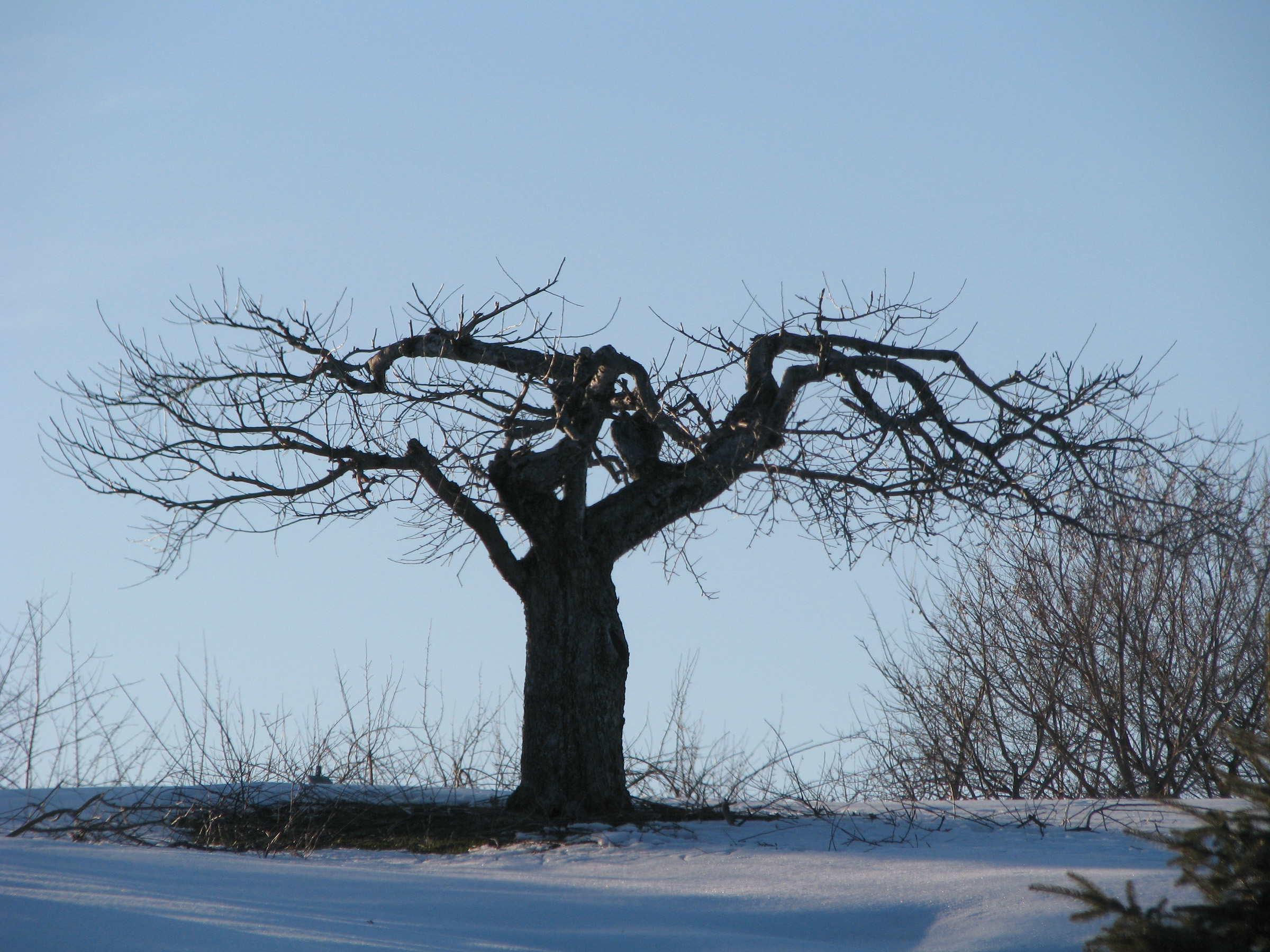RENOVATION: NOT A KITCHEN
/1 Comment/in Fruit/by Lee Reich(The following is adapted from my book THE PRUNING BOOK, available from the usual sources or directly from me, signed, on this website.)
Renovation Instead of Despair
How many of us have inherited neglected, overgrown, old apple trees with our property? Yes, such trees do have charm, their gnarled, elbowed branches seemingly ready to reach out to offer a hug. Their fruits, however, usually leave much to be desired. More often than not they’re too small, too high in the tree, and too pest-ridden. These problems are largely the result of unfettered growth, the tree growing so large and dense with branches that it has shaded itself into nonproductivity and disease-inducing dankness.
No need for despair: such a tree can be returned to its former glory by “renovation,” as corrective pruning of an old tree is called. Read more
GOOD GERMS
/0 Comments/in Fruit, Vegetables/by Lee ReichDespite its sinister sound, a “germplasm collection” spells good things for farmers and gardeners alike. Think beyond the flu season and the word germ takes on a broader meaning: a small mass of living substance that can give rise to a whole organism or one of its parts. Think of wheat germ, that nutritious part of a wheat seed that contains the cells — the germ — that develop into a whole new wheat plant.
My Collection Swells
To us gardeners, a germplasm collection is a collection of plants or seeds. Forty years ago, I started amassing a collection of gooseberry varieties, A collection that swelled to almost fifty of them! Besides offering good eating, that group of plants was at the time one of the largest germplasm collections of gooseberries in the country.

Some of my gooseberry varieties
HEY BUD
/8 Comments/in Flowers, Fruit/by Lee ReichBudding Interest
Winter is a good time to look at some of the finer details of trees and shrubs — their buds, for example. Buds!? Bo-o-o-oring, you say? Not really, if you take the time to appreciate details such as their shapes, colors, and textures.

Plum buds about to pop
Buds can do more than just help you wile away winter hours. They can disclose a plant’s identity as well as foretell for you what what’s in the offing for the upcoming growing season as far as flowers and fruits. Read more




